I’ve realized I might have played in too many USTA leagues this year — and not spent nearly enough time actually training and improving. League play is competitive as well as fun, social, and keeps the calendar full, but it can also be a treadmill disguised as progress. So as 2026 approaches, I’m asking myself: is it time to stop being a serious recreational player and start acting like a wannabe pro — with real training blocks, measurable goals, and fewer meaningless matches?
My goal isn’t just to win league matches; it’s to become a truly competitive age-group player — maybe even one day win that elusive Gold Ball. But lately, I’ve started to wonder if league tennis is actually slowing me down.
Don’t get me wrong — leagues have been great to me. They’ve given me friends, rivalries, and more than a few post-match beers that felt like victory regardless of the scoreline. But when I look back at 2025, I can’t shake the feeling that I spent too much time competing and not enough time improving. Week after week, I was playing the same opponents, hitting the same patterns, and walking off the court thinking I’d “got my reps in.” The truth? I was staying match-sharp, not getting better.
Even my tournament schedule reflected that comfort zone. Playing 3.5 NTRP singles events has been challenging — and I’ve done pretty well — but now it’s time to raise the bar. In 2026, if I’m going to play NTRP tournaments, I’m committing to playing only 4.0-level tournaments and testing myself against stronger, more experienced players. I know the results won’t come quickly, but that’s the point. The only way to become the player I want to be is to stop playing it safe and start getting uncomfortable.
The League Trap
Leagues are seductive. They give you a schedule, teammates, and a reason to lace up twice a week — and for a while, that feels like progress. You’re competing, right? You’re under pressure, keeping score, trying to win. But here’s the catch: league play rewards comfort, not growth.
And for me, there’s an even bigger problem — most of my league matches aren’t even singles. Once you hit 55 and older, USTA leagues become almost entirely doubles. I play combo and 55+ teams where singles simply isn’t an option. So while I’m working on my reflexes and net touch, I’m not developing the skills that matter for my actual goal — becoming a better singles player.
The difference is huge. Doubles rewards short points, compact movement, and quick hands. Singles demands endurance, patience, recovery, and point construction. Spending most of my competitive time in doubles is like training to run a 5K when my real goal is to finish a marathon.
Most of my league matches have a familiar rhythm — same opponents, same patterns, same “good enough” shots that get the job done. I might tweak a grip here or there, but mostly I’m just fine-tuning what already works. It’s the tennis equivalent of running on a treadmill — a great sweat, but I’m not actually moving forward.
And the truth is, I’ve been playing to win the match instead of to improve my game. There’s a big difference. In leagues, you go with your safest plays — the high-percentage serve, the reliable crosscourt forehand — because results matter to the team. In tournaments or training blocks, though, you have to experiment. You have to risk errors, try new patterns, and see what holds up under pressure.
That’s uncomfortable. But it’s also where the real improvement hides.
Leagues have a funny way of tricking you into believing you’re getting better simply because you’re competing often. But competition without intentional training is just repetition. And repetition without reflection leads to one thing: plateau.
The Real Goal
When I strip away the noise — the team schedules, the post-match texts, the end-of-season standings — my real goal is simple: to become a competitive age-group singles player. Not just a solid 3.5 who can hang in an NTRP tournament or a local league match, but someone who can step onto the court at a national event and truly compete.
That means my success can’t be measured by league records or end-of-season rankings. It has to be measured by something deeper — my ability to execute a game plan, adjust when things aren’t working, and compete toe-to-toe with players who used to beat me easily.
Lately I’ve started to think about 2026 as an experiment — a shift from “playing a lot” to “training with purpose.” Instead of fitting practice around my league schedule, I want to build training blocks around my tournaments. Blocks focused on specific skills, those could include: serve +1 execution, deeper rally tolerance, better transition footwork, and the mental reset routines that keep me locked in through a long third set.
And tournament-wise, I’m ready to level up. I’ve done well in 3.5 NTRP events, but it’s time to stop hiding behind my rating and start testing myself where the real growth happens — at 4.0 tournaments. The competition will be stronger, the pace faster, and the learning curve steeper. But that’s the point. You can’t climb a mountain by walking around its base.
This next year isn’t about padding my record. It’s about building the game I’ll need when I finally step into the draw at a national age-group event — and know that I belong there.
What I’m Focusing On Now
If 2025 was about logging matches, then 2026 is going to be about building skills. I’m trading the league calendar for training blocks, and the team lineup emails for tournament entry forms.
Here’s what that looks like in practice:
1. Tournament-Driven Schedule
I’ll be playing a mix of age-group (65+) tournaments and 4.0 NTRP events — enough to test myself, but spaced out so I can train with intention between them. The goal isn’t to cram my calendar; it’s to give myself time to actually improve between matches.
2. Training Blocks Between Events
Between tournaments, I’m setting aside 3–4 week blocks focused on specific improvement goals:
- Serve +1 consistency — getting that first ball after the serve to land deep and purposeful.
- Rally tolerance — learning to stay in the point longer without forcing errors.
- Transition movement — smoother steps moving from baseline to net.
- Mental reset routines — how to regroup after a bad point instead of letting it spiral.
- Serve variety and reliability — mix flat, slice, and kick serves with solid placement.
- Return of serve positioning and depth — improve stance, timing, and depth to neutralize the serve.
- Serve-and-volley patterns — practice coming in behind both first and second serves.
- First volley consistency — handle tough first volleys and place with intent.
- Pattern recognition and disruption — drill common rally patterns and when to break them.
- Defensive scrambling and recovery — reset points with depth and smart positioning.
- Footwork and spacing under pressure — stay balanced and early to the ball, even when rushed.
- Tactical goal-setting per match — set 1–2 specific goals before each match.
Each block will end with one or two practice matches that simulate tournament pressure. Not “just hit and play” sessions — actual, goal-based matches with stats, video, and honest feedback.
3. Strategic Match Play
USTA leagues may not offer singles, but I can still create match play that matters. I’ll set up weekly singles sets with a few consistent practice partners — players who are a notch better than me. Every match will have an objective: hitting 70% first serves, attacking second serves, staying patient past five-ball rallies. The focus is on execution, not ego.
4. The Right Kind of Competition
I’m no longer chasing “safe wins.” I want tough matches — the kind that expose weaknesses and force adaptation. That’s how I’ll close the gap between being a solid 3.5 and becoming a true tournament competitor.
This shift feels exciting and a little uncomfortable — which is probably a good sign. Growth usually hides behind the things we’ve been avoiding.
Redefining Progress
For a long time, I thought progress meant winning more matches. But now I see it differently. Real progress is closing the gap — turning 6–2 losses into 7–5 battles, holding serve more often, keeping my focus longer, and finishing matches knowing I played my game instead of reacting to someone else’s.
This next phase isn’t about chasing trophies. It’s about playing smarter, training harder, and measuring success by execution, not ego. If I can start competing with the players who used to beat me soundly — and eventually flip those results — that’s progress worth chasing.
I know I’ll lose some matches this year, maybe a lot. But every close match, every long rally, every third-set grind gets me one step closer to the player I want to become — the one who shows up at a national age-group event not just to participate, but to compete.
So that’s my 2026 experiment: fewer leagues, more purpose. Less comfort, more challenge. Fewer safe wins, more meaningful losses that lead to growth.
What about you? Have you faced the same crossroads — wondering if all the league play is really helping your game? Have you thought about shifting toward tournaments or training with more intention?
Join the conversation in our Senior Tennis Unpacked Nation Facebook Group, where we trade stories, lessons, and the occasional bruised ego from chasing better tennis at any age.
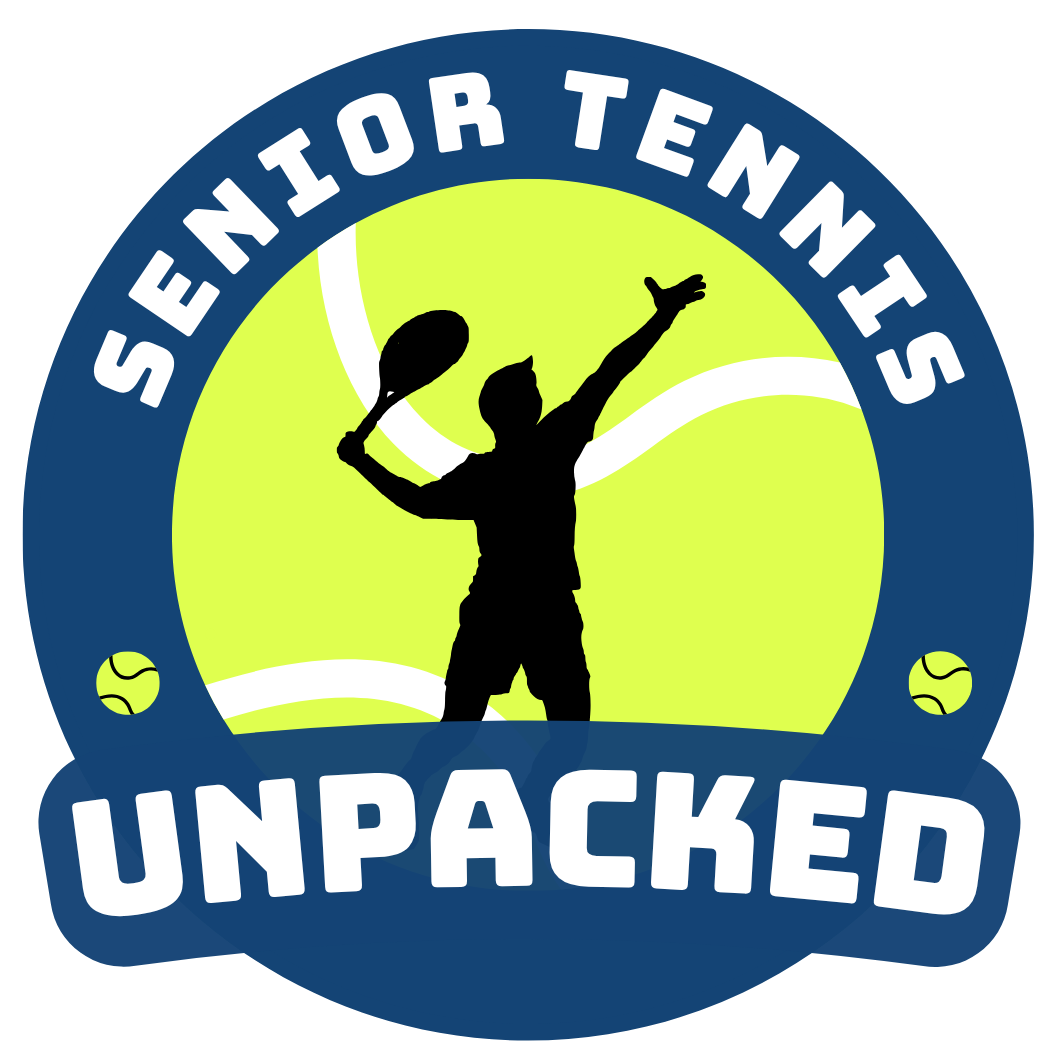

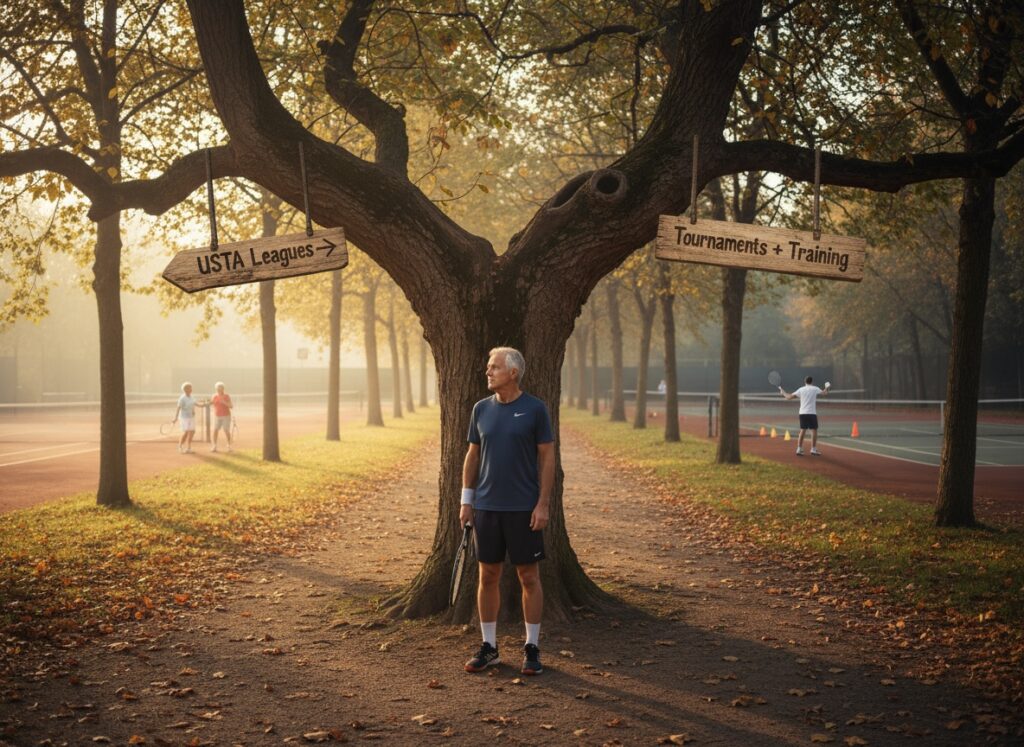
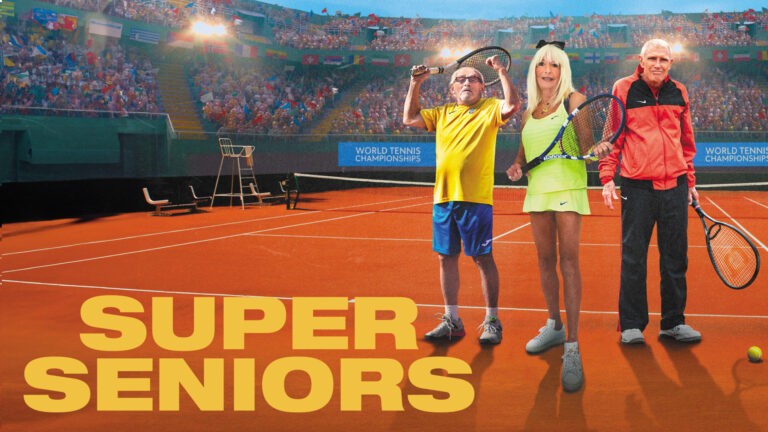
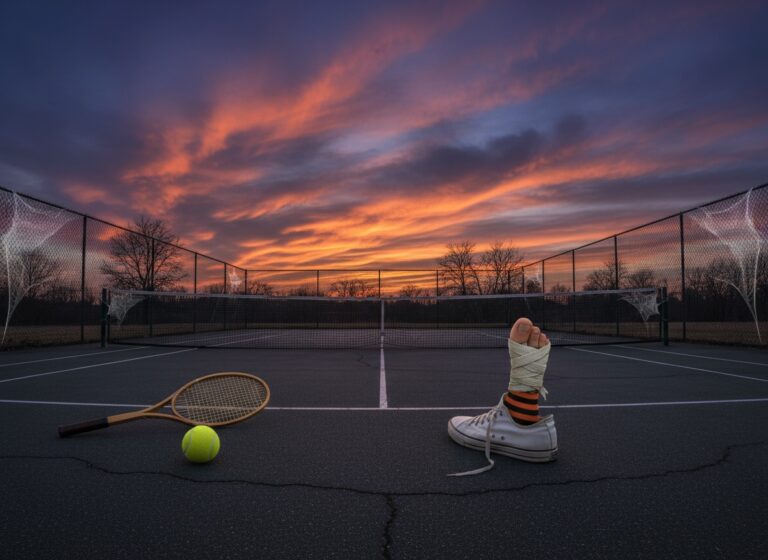
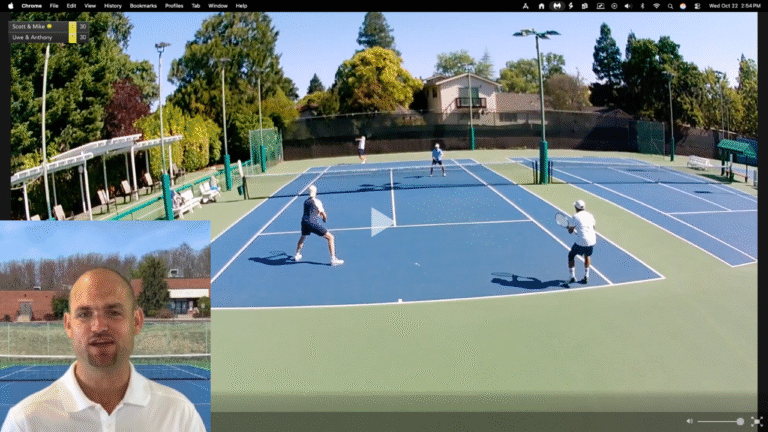
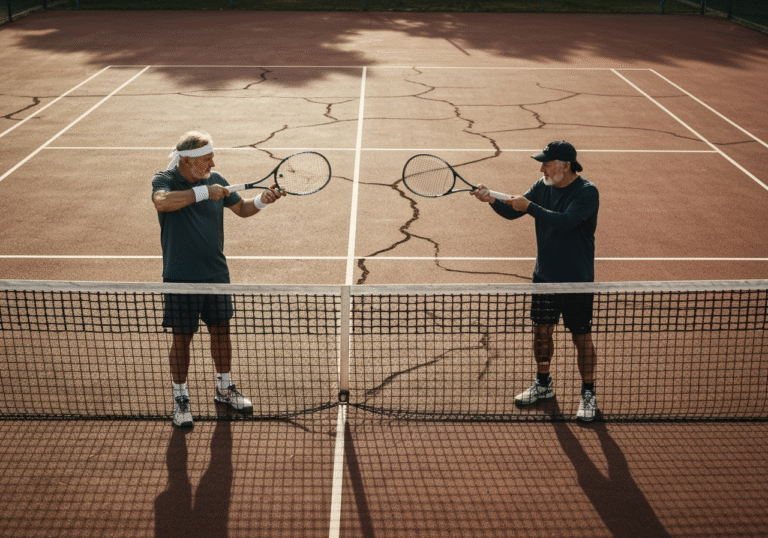
Mike,
I did exactly what you are thinking of doing. Played the senior and 4.0 tournaments for several years. The seniors are much tougher than NTRP 4.0. Lots of ex-top quality collegiate and touring pros. I found that the 2 most important success factors were as you suggest: rally tolerance and one you left out – having a quality and dependable backhand; something that is just not a defensive stroke. Most people just refuse to work on their backhand biomechanics and thus lean heavily on their forehand crutch. You can get away with it in NTRP 4.0s but not open seniors – they are too experienced and will spot those two weaknesses fast.
gary c
Mike, This is a great article. We are in the same space regarding changing the balance between playing and practicing for improvement. I have made a similar decision, although my emphasis is slanted more towards exercise and skills improvement versus league play. I have played and captained in USTA leagues for awhile, dating back to 2008 when I started playing tennis. I jumped in immediately and my trajectory was decent. I was rated a 4.0 player within a few years as I worked my way from 3.0 by playing tournaments and leagues. Then, I lost momentum. I fell into the trap. I started playing more without also getting proper instruction. A few injuries, a few plastic medals and trophies, and a lot of bad habits later, the road to potentially being a 4.5 player was now derailed by being in a 3.5 sandpit as my natural athletic ability through age was declining. Recently, I committed again to the fundamentals, many of which you outline in your post. I’ve historically played 18+, 40+ and 50+ events. For 2026 I will play a few 65+events, drill/hit during the week, and focus on my techniques, tactics, and fitness.
Good luck Mike! You have been a great competitor and friend the past couple of years on the 55+ 3.5 circuit. I applaud your growth mindset and pushing yourself to discover new heights. Excited to follow your progress next year.